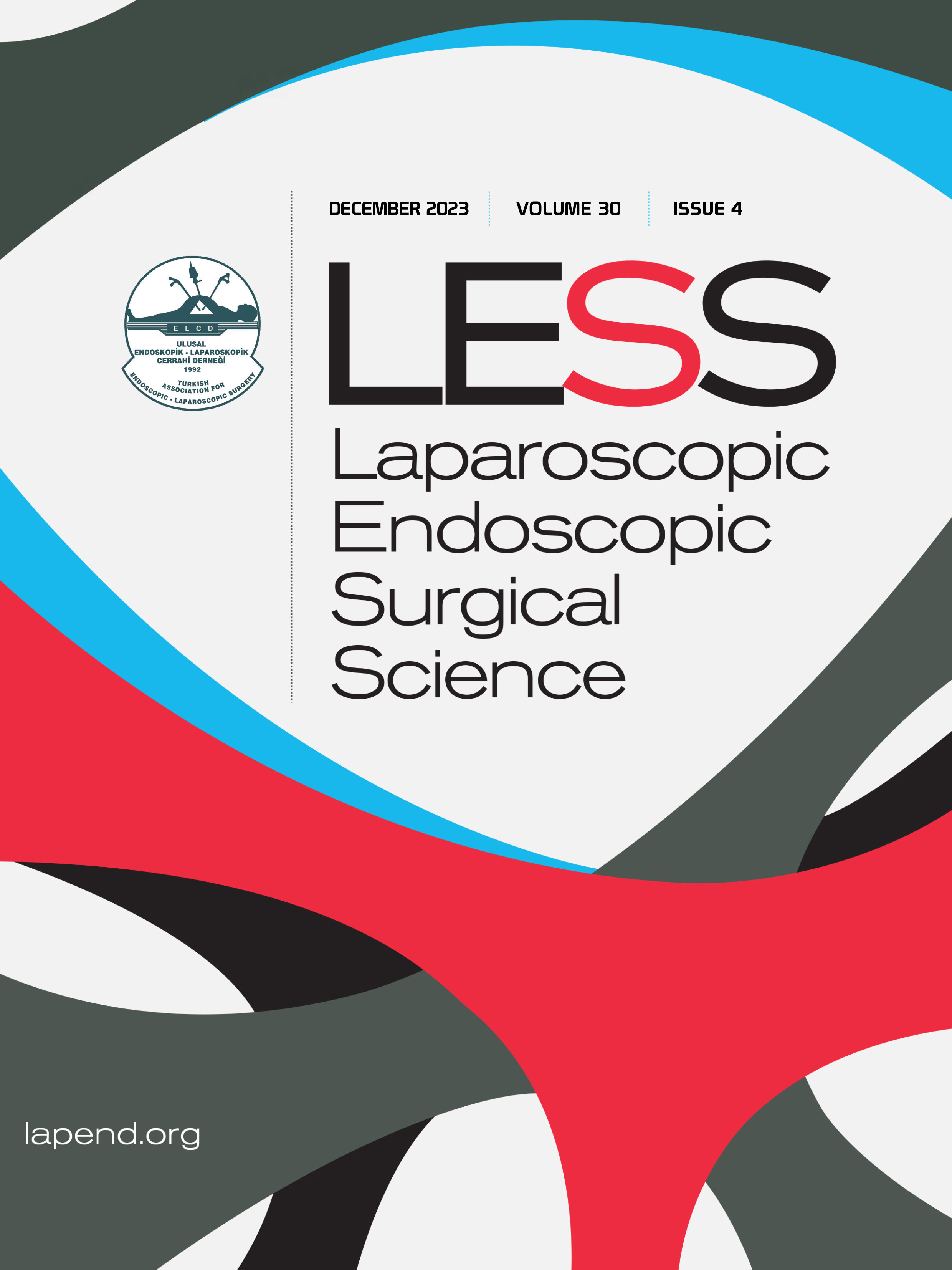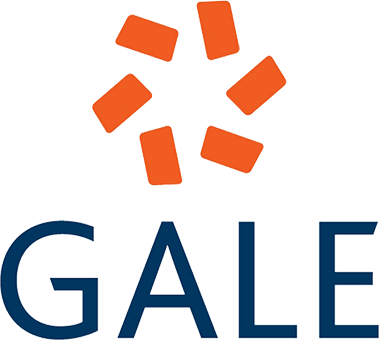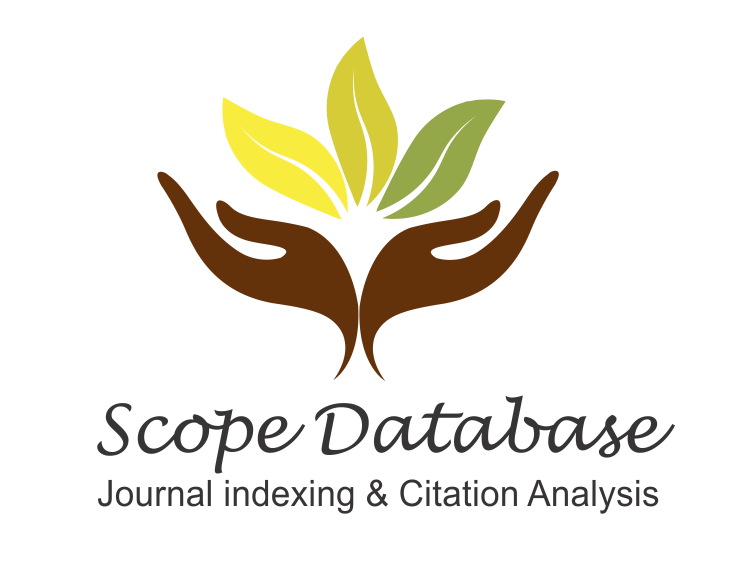Volume: 13 Issue: 1 - 2006
| REVIEW | |
| 1. | Laparoscopic removal of an intraperitoneal translocated intrauterine contraceptive device 28 years after uterine perforation Namık Özkan, Hüseyin Ayhan Kayaoğlu, Ömer Faik Ersoy Pages 7 - 11 Intrauterine devices have been used as a safe, cheap and easily applicable contraception method for long years. On the other hand, they may occasionally cause some serious complications like perforation, infection or ectopic pregnancy. Perforations are uncomplicated in the majority of the patients, but visceral injuries can be seen in the 15% of patients. The reported longest time of free perforation is 16 years in the literature. Here, we present a case of an intrauterine device translocated intraperitoneally after uterine perforation following placement in a 60 years old woman. She was asymptomatic except rare right lower quadrant abdominal pain complaints for 28 years. Intrauterine device was removed laparoscopically. |
| RESEARCH ARTICLE | |
| 2. | The effects of isothermic or hypothermic carbondioxide pneumoperitoneum on core and skin tempereature and postoperatif pain Abdullah Özgönül, Ali Uzunköy Pages 12 - 17 INTRODUCTION: We aimed in this study to investigate the effects isothermic or hypothermic carbondioxide used for pneumoperitoneum during laparoscopic cholecystectomy on skin, core temperature changes and postoperative pain. METHODS: Thirty patients (ages: 18-70 year) underwent elective laparoscopic cholecystectomy were enrolled in this prospective randomised study. The patients were divided into two groups. Isothermic (37°C) carbondioxide was used in first group and hypothermic group (21°C) carbondioxide was used in second group. Core body temperature and skin temperature was measured at 10 minutes intervals beginning just before insufflation and during pneumoperitoneum. The postoperative pain severity of subjects was evaluated at 1, 4 and 12 hours of postoperative period using visual analog scala. RESULTS: Mean skin body temperature was significantly higher in isothermic group than hypothermic group, while visual analog scala scores of postoperative pain was significantly lower (p<0.05). DISCUSSION AND CONCLUSION: Using isothermic carbondioxide for pneumoperitoneum may prevent lossing body temperature and low postoperative pain severity during laparoscopic operations due to using hypothermic carbondioxide. |
| 3. | Laparoscopic colorectal surgery: Our early period results Neşet Köksal, Ediz Altınlı, Ender Onur, Aziz Sümer, Atilla Çelik, Hüseyin Kadıoğlu Pages 18 - 23 INTRODUCTION: To evaluate the outcomes of laparoscopic colorectal operations which were performed in our clinic. METHODS: Between 2003-2005 thirteen patients who had laparoscopic colorectal surgery have been evaluated according to age, sex, blood transfusion, operating time, requirement of analgesia, oral intake time, hospital stay, postoperative complications and cost effectiveness. RESULTS: Six of the patients were male and seven of the rest were female. Mean age 58 years, transfusion requirement 321 ± 220 mL, mean operation time 192±40 minutes, requirement of analgesic 2.4 ± 0.98 days, oral intake time 2±0.8 days, hospital stay 5.43 ± 0.98 days, and the average cost was 4571 ± 618 YTL.In only one patient due to technical reasons conversion to open procedure was done. One patient had pelvic abscess in the early post-operative period and had laparoscopic abscess drainage. DISCUSSION AND CONCLUSION: In colorectal disease on account of those advantages of minimally invasive surgery, it can be the choice of treatment in well selected patients. |
| 4. | Our rectal prolapsus cases treated with laparoscopic mesh rectopexy Kağan Zengin, Melih Paksoy, Metin Ertem, Mustafa Taşkın, Bayram Kayabaşı Pages 24 - 28 INTRODUCTION: In todays general surgery laparoscopic approach to many diagnosis give safe and reliavable. This shows that rectal prolapsus can be handled by laparoscopy. METHODS: Between January 1998 and January 2006 authors have given results of patients which used laparoscpic meshed rectopecsia. The median age of patients are 56 ± 14.07 (37-71) which of 4 of them is female and one of them is male. None of the patients have additional pathologies. RESULTS: Operation time was 154±26.07 (120-180) min. They have been signed out after medially 4.4 days (3-6) with appointment control. With the median 54.2±30.43 months of follow up none of the patients have recurrence. DISCUSSION AND CONCLUSION: The principles open surgery and laparoscopic surgery are the saim. The purpose is to correct the anatomic defficiency and to give patients better functionalty. The main adventages are better cosmetic results, less post operative pain and shortened hopitalisation. That can be applied with succes in todays surgery. |
| CASE REPORT | |
| 5. | Laparoscopy assisted treatment of fitobezoar related intestinal obstructions Kağan Zengin, Ismail Aydemir, Metin Ertem, Erhun Eyüboğlu, Olcay Alver Pages 29 - 34 Bezoars are intraluminal masses in the small intestines that are formed by ingested food or things. Fitobezoars that are the most common type may cause mechanical type of small bowel obstruction. The diagnosis of obstruction can be done by various diagnostic tools like direct abdominal X-rays and Computed Tomography. Wether conventional or laparoscopy assisted the treatment is surgical. In this study we present 2 cases of fitobezoar related intestinal obstructions treated by laparoscopy assisted surgery. |
| 6. | Efffect of the points trocar insert infiltration of tramadol on postoperatif analgesia in laparoscopic cholecystectomy Yavuz Demirkıran, Abdulkadir Iskender, Zekeriya Ervatan, İsmet Özaydın Pages 35 - 39 INTRODUCTION: The aim of this study was to assess the influence of wound infiltration of tramadol on postoperative analgesia. METHODS: This study was designed as a prospective, randomized, and double blinded study. Forty patients for laparoscopic cholecystectomy were randomly divided into 2 groups. Tramadol group (Group T, n = 20) received local infiltration at trocar insertion points with 2 mg tramadol in 20 mL of 0.9% NaCl solution (5 mL of solution per point) 10 minutes before end of the operation. For Bupivacaine group ( Group B, n=20), the solution used for infiltration was 20 mL of 0.25% bupivacaine (5 mL of solution per point) 10 minutes before the end of the operation. The patients received 1-2 mg/kg tramadol intravenously for postoperative analgesic therapy. After surgery, the followings were measured: pain intensity scored on the visual analog scale, total tramadol requirement, time from the end of the surgical procedure to the administration of the first dose of tramadol, and the frequency of undesirable side effects (sedation, nausea, and vomiting). RESULTS: Pain intensity and total tramadol requirement after surgery in groups T were lower than in the group B, but these differences were not statistically significant (p>0.05). The time from the completion of the operation to the administration of the first of tramadol in the group T was significantly longer than in the group B (p<0.05). The frequency of undesirable side effects (sedation, nausea, and vomiting) were found to be similar each two groups (p>0.05). DISCUSSION AND CONCLUSION: Results of the study confirm the possibility of modifying the analgesia in the postoperative period wound infiltration of tramadol. |















